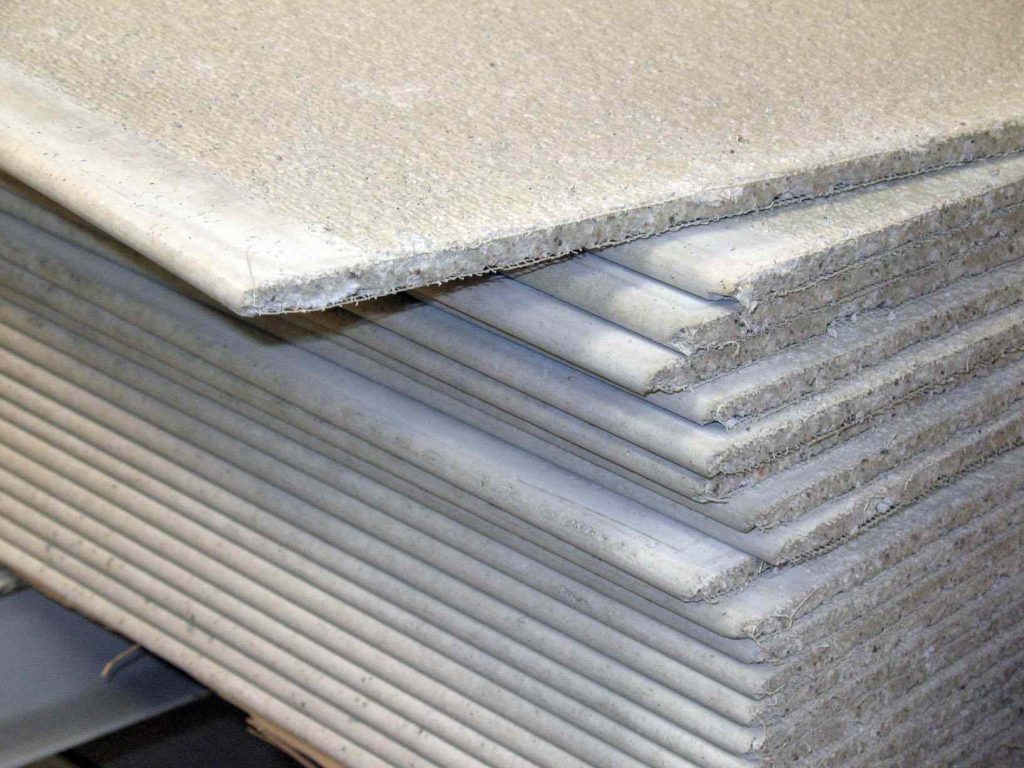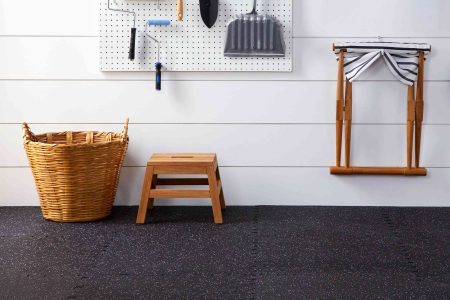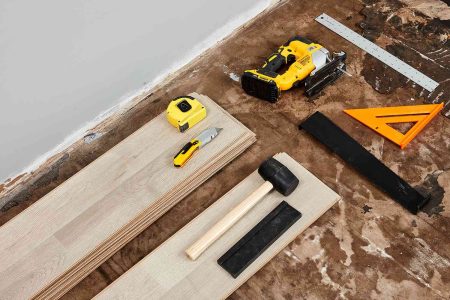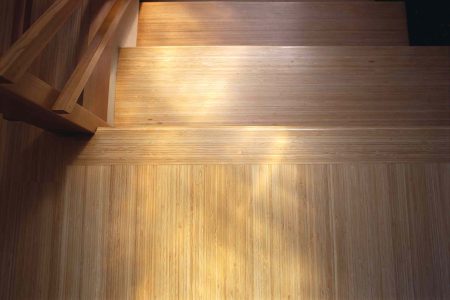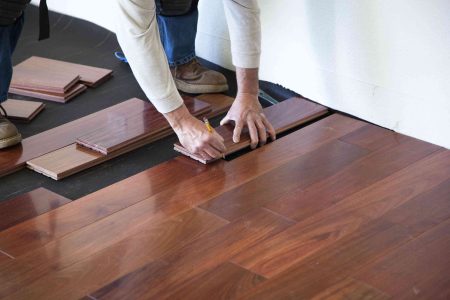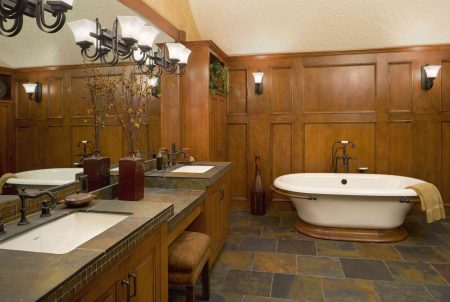The need to install ceramic, porcelain, and stone tile on a solid base is undeniable. Tile and its accessory materials like thinset mortar or grout cannot flex. That’s why mitigating materials like cement board are important for tile installed on flex-prone wood floor systems. But what about when you already have a hard and solid masonry base in the form of concrete? Is it necessary to install a layer of cement board between the tile and the concrete? If not, what is a better solution?
Cement Backer Board on a Concrete Floor Is Not Necessary
Cement board is not necessary when you are laying tile on a concrete slab. The substrate (the concrete) is already cementitious, so adding a cement board layer would be redundant and even detrimental to the overall project.
If there are problems with the concrete, it is best to repair the concrete and then apply an uncoupling membrane over the con
5 Issues With Using Cement Board on Concrete
- Unnecessary: At best, the use of cement board on concrete is an unnecessary step that creates more labor for the project.
- Costly: Cement board costs about $1 per square foot for 1/2-inch board and about $0.80 per square foot for 1/4-inch board.
- Height Issues: Some tile installations may require the extra 1/4- to 1/2-inch that a layer of cement board and thinset can provide, but this is rare. More often, the addition of thinset and cement board raises the floor too high.
- Poor Fix: If the existing concrete does not provide an adequate, solid base for tiling, some tilers may add cement board rather than correctly fixing the concrete.
- Unspecified: Major cement board manufacturers either expressly recommended against installing cement board on concrete or recommended other modes of installation. Warranties are typically rendered void if the product is not installed in the correct manner.
Manufacturer Recommendations
The various brands of cement board, such as HardieBacker, Durock, DenShield, and Wonderboard have become a standard tile backer material for nearly all ceramic, porcelain, and stone tiles for floor, wall, and countertop applications. These convenient panels of cementitious board provide an instant flat, hard surface that bonds with the thinset adhesives or mortars used to install tile.
In most installations, a layer of cement board is screwed directly to a plywood or OSB subfloor, or more frequently, to the wall studs for wall installations. While most tile manufacturers do indicate that their products can be applied directly to plywood, cement board often provides a better base.James Hardie Industries, makers of HardieBacker, and USG, makers of Durock, indicate that their respective cement backer boards should not be installed over concrete.
James Hardie Industries: HardieBacker
HardieBacker specifically excludes concrete as a base for installation. James Hardie Industries recommends minimum 5/8-inch exterior grade plywood or 23/32 OSB on joists not to exceed 24 inches on-center. The floor should meet or exceed L/360 (tile) or L/720 (stone) deflection criteria.
PermaBASE Building Products, LLC: PermaBASE
PermaBASE is a cement board made of Portland cement, aggregate, and fiberglass mesh, used for bathtub and shower surrounds, countertops, and some flooring applications.
PermaBASE cement board is specified for 5/8-inch tongue-and-groove exterior grade plywood or OSB on top of 16-inch on-center joists with a minimum L/360 deflection.
USG Corporation: Durock
Durock does not expressly exclude concrete, but the material is specified only for minimum 5/8-inch exterior-grade plywood or OSB applied over wood or steel framing spaced on-center 16 inches.
L/360, L/720
L/360 and L/720 are deflection requirements for floor rigidity. With L/360, for example, the floor should not deflect or flex more than the length of the span divided by 360. For a 24-inch span, this translates to a deflection maximum of 0.07-inch.
Tile Professionals’ Recommendations
Manufacturer prohibitions or omissions are warranty issues. The questions remain: Can you effectively pair two cementitious products—cement board and a concrete slab?
There is no problem with the two materials being compatible. As Bud Cline of The Floor Pro notes, the issue is more about how to attach the cement board to the concrete. A powder-actuated nailer is out of the question since nail depth would be impossible to regulate. Concrete screws, Cline says, have heads that are too small to hold down the cement board.
His recommendation: Work with the concrete surface so that it is strong enough and porous enough to accept tile mortar. Portland cement-based fillers can take care of holes and cracks. Painted concrete can be sandblasted, sanded, or ground down to bring up a nice, porous surface.
Most tile professionals, including John Bridge, agree: Attaching cement board to concrete is not an acceptable way to surface the concrete prior to tile installation. Thinset alone will not help the cement board stick to the concrete slab. Screws are the only logical way to do this, but it would entail an extremely tedious and time-consuming process of drilling pilot holes before sinking the screws. Additionally, you would be fighting against the thinset bed under the cement board when drilling the holes and driving the screws.
Install Uncoupling Membrane Instead of Cement Board
A better solution than putting cement board on concrete is to first prepare and resurface the concrete slab and then add an uncoupling membrane such as Schluter Ditra brand.
These mats are now standard for preventing tile installed on concrete from cracking over time. Minor changes in the concrete are not transmitted to the tile and thinset above. Major changes in the concrete are mitigated, reducing the likelihood of cracking.
Read the full article here



